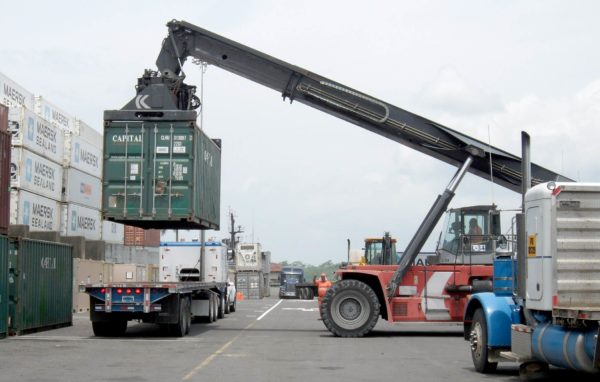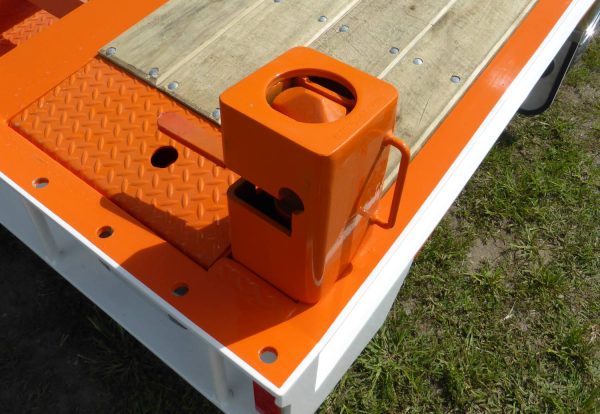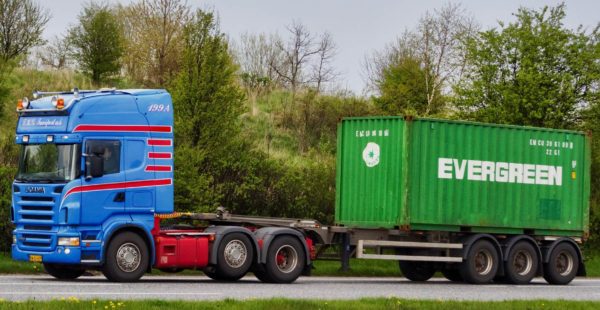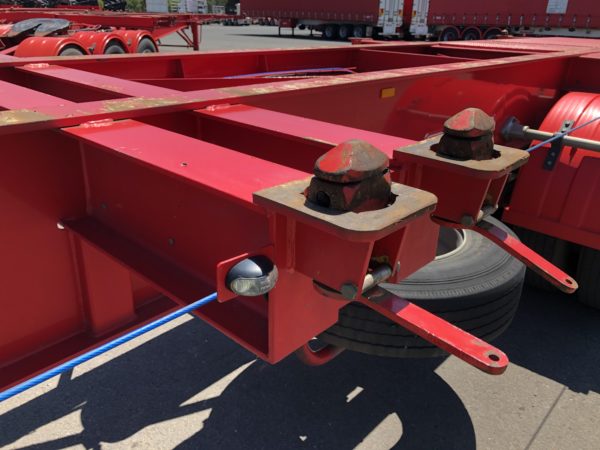A lorry’s stability relies on the centre of gravity being as low as possible. The lower the centre of gravity, the less likely it is to tip over while cornering. Rollover accidents are very common for truck drivers.
When loading loads using a curtainsider, flat deck transporter or in the rear doors of a reefer trailer, it’s possible for the driver to see what is being loaded and to have some say in where the bulk of the weight is placed.
Shipping containers, however, are often sealed before they are placed on the boat. When they come off the boat and are placed on the truck by a crane or reach stacker, they remain sealed until they reach their final destination. This means that the truck driver has to take the load without being able to inspect inside the container.

The driver has no way of telling whether the container’s contents are still secured, whether the load is balanced front to back and side to side (unless there’s a weighbridge) or at what height the centre of gravity is – remember that the higher the centre of gravity, the more easily the truck and trailer with roll.
If there’s a lot of weight over the front or rear axles, this puts more pressure on the suspension on those axles, making it lean more and contributing to an easier rollover.
One thing in the driver’s favour is that containers are attached to the lorry or trailer using twist locks which means that it is locked and needs no other restraint, but if items are loose in the container, they can move around, creating their own kinetic energy.

Unless drivers are carting empty containers, they should treat containers with care. Some trailers will take two short containers, but that means that if one is unloaded, there could be an imbalance in the weight over the axles.


Trailers with side loader cranes are sometimes able to shift the container position forwards or backwards to help with axle loadings.

